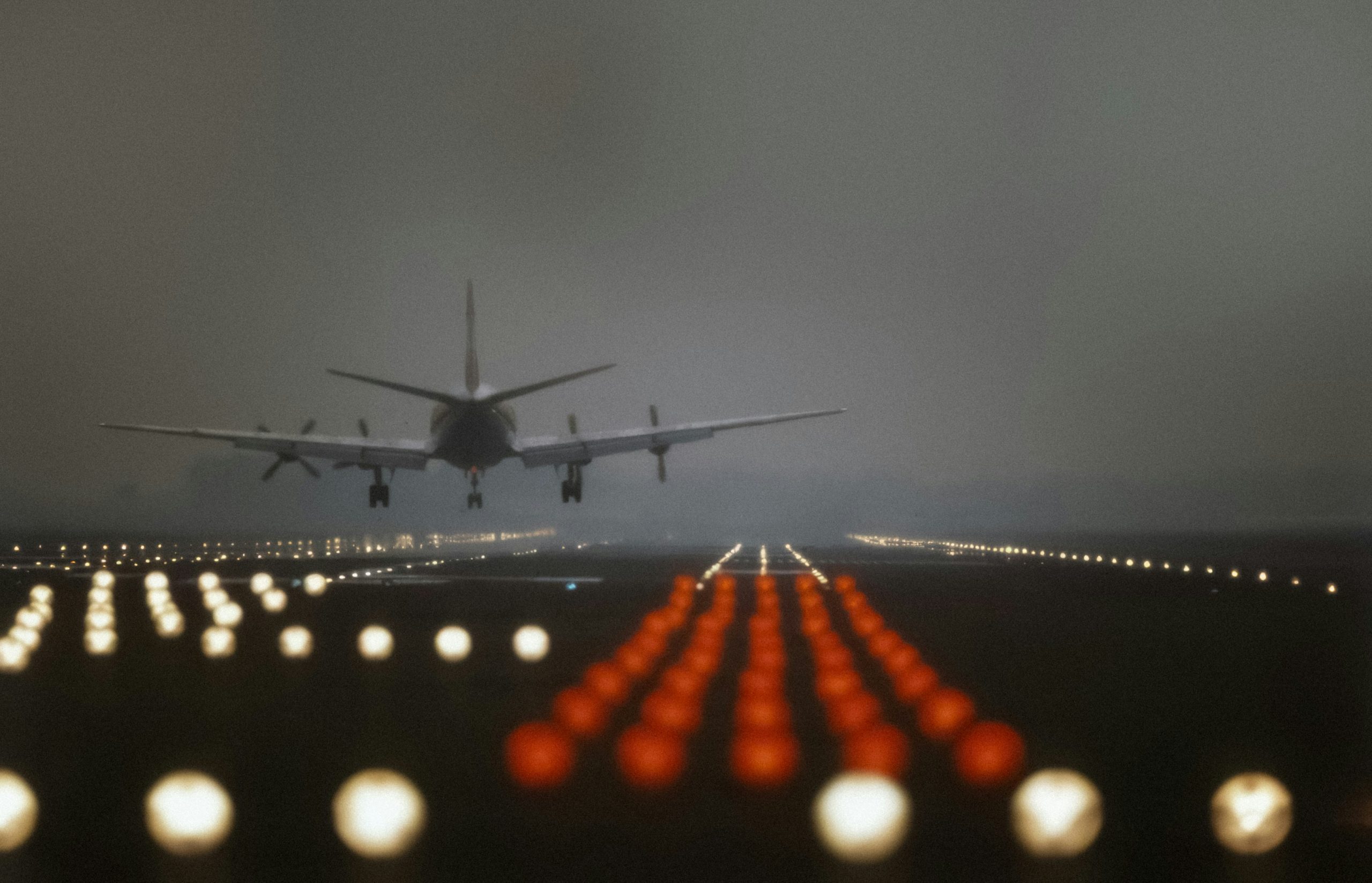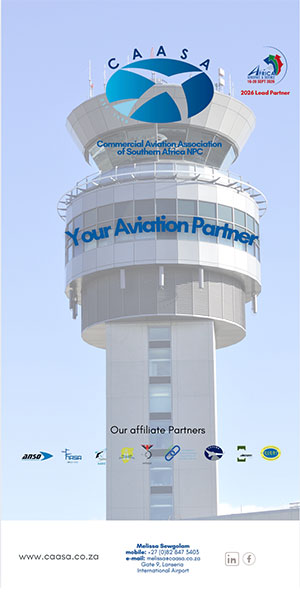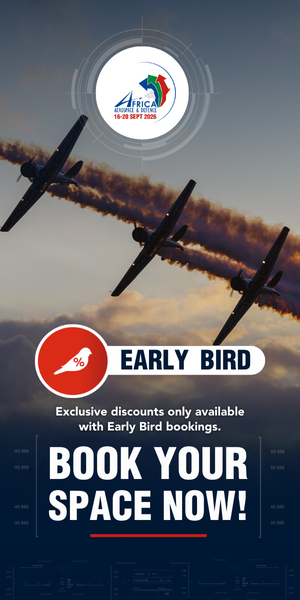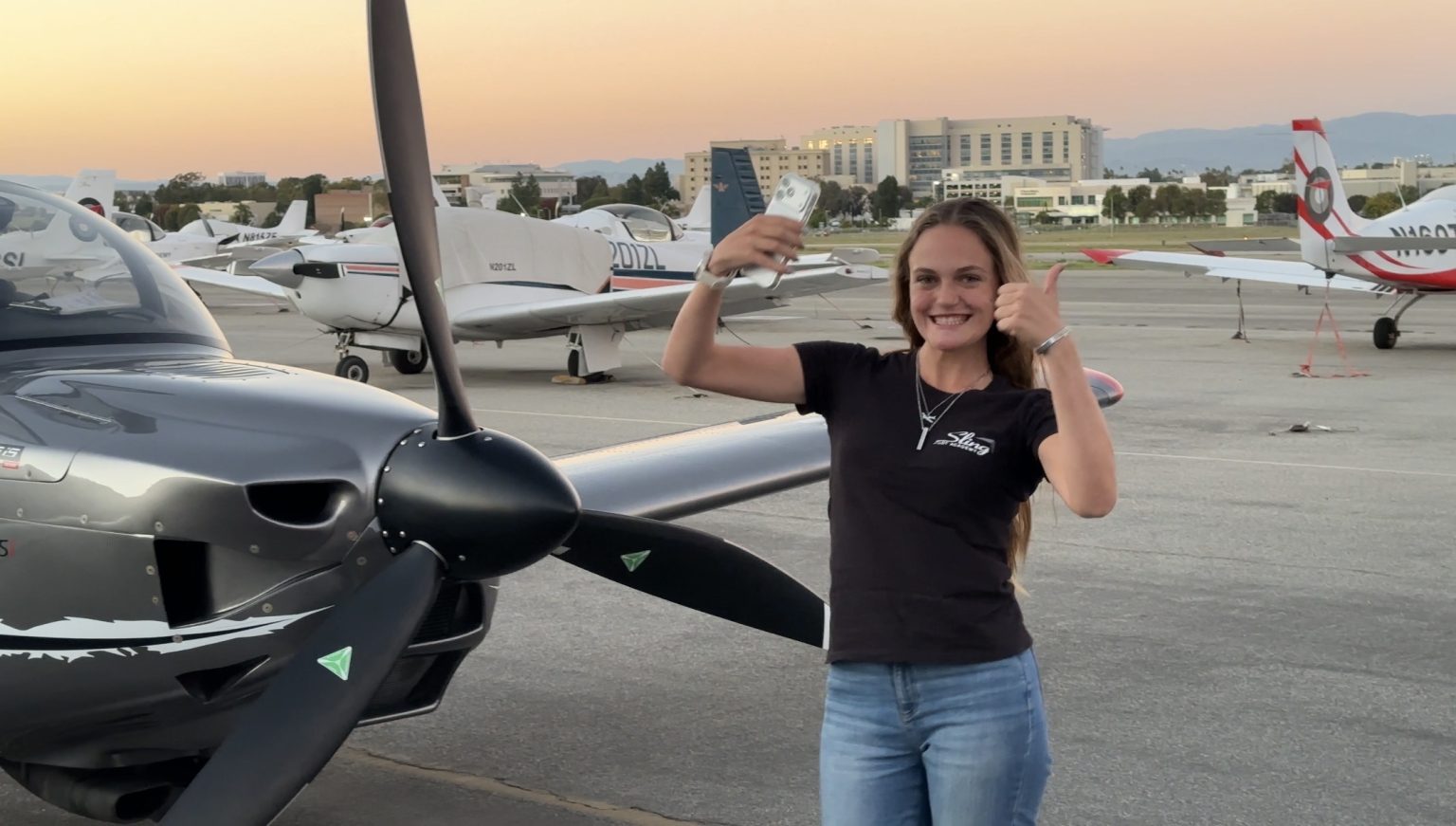In modern aviation, seconds matter, and the right information can save lives. Increasingly, the industry is looking at a new frontier: turning commercial aircraft into real-time runway sensors. The idea is simple but transformative. As soon as a plane touches down, its onboard systems could transmit precise friction data to air traffic control and to other approaching crews. Pilots on final approach would no longer have to rely on estimates or outdated reports; they would know, in real time, what the real-time conditions of the runway are.
What once sounded futuristic is moving quickly toward reality. Researchers, regulators, and manufacturers are now testing technologies that could make every landing a source of critical safety data.
Aircraft-Based Measurement Could Change the Industry
Runway friction is a critical factor in landing safety, determining how effectively an aircraft can decelerate after touchdown. Traditionally, this has been assessed using ground-based methods, where specialised friction-testing vehicles drive the length of the runway to measure grip, often after snow or ice removal, heavy rain, or during routine inspections. While this approach offers full-runway coverage and independence from aircraft type, the data can quickly become outdated, is not available at all airports, particularly smaller airfields, and cannot always reflect sudden changes in conditions.
The emerging alternative is aircraft-based measurement, in which onboard sensors and flight data computers calculate braking performance during real landings and transmit this information in real time to Air Traffic Control, airport operations teams, and other inbound aircraft. This method provides immediate, highly relevant runway condition reports and aligns with ICAO’s Global Reporting Format for standardised friction values.
However, it is not without challenges: different aircraft types brake in different ways, meaning the data must be harmonised; it typically only covers the portion of runway actually used during the landing roll; and at low-traffic airports, there may still be long gaps between usable reports. For Africa, with its diverse runway environments and weather extremes, the most effective safety strategy may be to combine both methods, ensuring real-time accuracy without losing the redundancy of proven ground-based testing.
ICAO’s Global Push
The International Civil Aviation Organisation (ICAO) has been steadily moving towards harmonised runway condition reporting through its Global Reporting Format (GRF), which aims to replace the patchwork of local measurement methods with standardised, globally recognised friction values.
In principle, the “aircraft as sensor” approach fits neatly into this framework. It promises consistent, near-instant runway condition reports, critical during fast-changing weather, when a sudden rain shower, snow flurry, or dust storm can rapidly alter braking performance.
The Technical Reality Check
However, as the International Federation of Air Line Pilots’ Associations (IFALPA) points out, turning airliners into friction sensors is not as simple as installing a new device.
Different aircraft types, from a Boeing 737 with autobrakes to a turboprop ATR with manual braking, behave very differently when decelerating. Reverse thrust usage, aircraft weight, and landing technique all influence the data.
That means the friction figure a CRJ reports may not translate perfectly to what an incoming Airbus A319 will experience. Without careful calibration and harmonisation, data could be misleading, and in safety-critical decision-making, inaccurate data can be worse than none at all.
Why Africa’s Runways Present a Unique Challenge
In Africa, the appeal of aircraft-based friction reporting is obvious. Many airports lack modern, ground-based friction measurement equipment. Seasonal weather extremes, from the torrential rains of West Africa to the intense heat and dust of the Kalahari, can drastically alter runway grip.
But the continent also faces unique challenges. At smaller airports, traffic volume may be too low to guarantee fresh aircraft-derived data. Runways may vary in surface type and maintenance quality, making it harder to establish reliable baselines. And in some cases, infrastructure constraints mean that ground-based measurement, the tried-and-tested method, is still the most dependable backup.
IFALPA’s position is clear: aircraft-based systems should enhance safety, not add complexity. Any system must be non-intrusive, certified to the highest standards, and not increase pilots’ workload during the critical landing phase. Importantly, ground-based measurement should remain as a redundant safety net.
The Road (or Runway) Ahead
The potential is undeniable. Real-time, aircraft-sourced friction data could become as standard as METARs or NOTAMs, particularly if it integrates seamlessly with ICAO’s GRF. But in Africa, where aircraft fleets are diverse and infrastructure uneven, implementation will require careful planning, investment, and, above all, international cooperation.
The technology may be the next frontier in runway safety, but like any frontier, it is not without its hazards. Success will depend on building a system that is as reliable as the aircraft carrying it, and as adaptable as the pilots who will use it.
















